One of the most popular experiences for tourists visiting the ancient capital of Luang Prabang is watching the traditional alms-giving ceremony of monks.
The ancient capital lies in the north, on a peninsula formed by the Mekong and Nam Khan rivers. Mountain ranges, especially Phou Thao and Phou Nang, surround the town, giving Luang Prabang a refreshing green color. In December 1994, this place was recognized by UNESCO as a world heritage site. In May, the American travel magazine CnTraveller included this place in the list of 50 most beautiful small towns in the world in 2023.
There are many legends associated with the town. The most popular story is that the Buddha smiled while resting here during his travels. He said that one day the town would become rich and powerful.
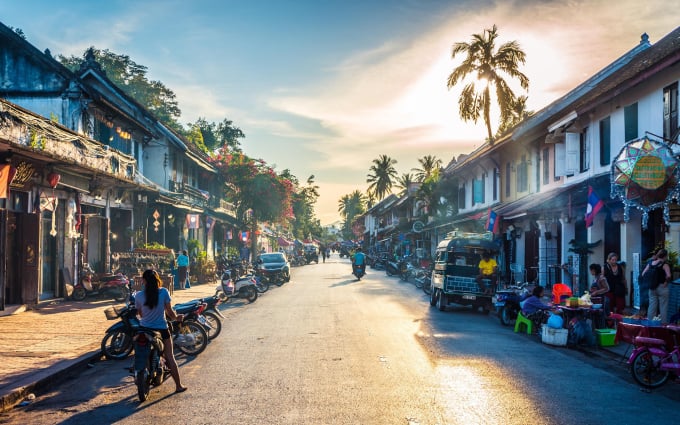
Colonial brick buildings in Luang Prabang. Photo: Discovery Laos
The town, formerly known as Muang Sua and then Xieng Thong, was the capital of the Lane Xang (Kingdom of a Million Elephants) and King Sisavang Vong dynasty until Vientiane became the capital in 1946. The city of Luang Prabang takes its name from a Buddha statue, Prabang, donated by Cambodia. Today, it remains the country’s spiritual and religious center, according to the Tourism Marketing Department of the Lao Ministry of Information, Culture and Tourism.
Luang Prabang is an outstanding example of a fusion of traditional and colonial architecture. The townscape is listed by UNESCO as “unique and well preserved”. Most of the traditional buildings are wooden structures. Only the temples are stone. The one- or two-story brick houses represent colonial architecture, often with balconies.
Many of the temples are decorated with sculptures, carvings, paintings, and gilding. Wat Xieng Thong, dating from the 16th century, is the most intricately designed of all the temples here.
The most visited places are Wat Xieng Thong, the Royal Palace Museum, Wat Manolom, Wat Visounnarath and Mount Phou Si. Phou Si is a sacred mountain located in the center of the town, where rituals are held to ward off evil spirits that disturb the lives of the people. If you want to visit beautiful but less crowded places, you can go along the Mekong River in Chomphet district to see the temples.
Outside the town, visitors can visit Tad Kwang Si and Tad Sae waterfalls, Tham Ting cave, Ban Xang Hai village. Further afield is Ngoi Khao, a quiet village on the banks of the Nam Ou River surrounded by steep limestone mountains.
Visitors are drawn to the tranquil atmosphere and friendly people. The ancient capital is also famous for its textiles, which make great souvenirs. Must-try dishes include Aur Lam (a thick stew made with herbs, meat, and eggplant), Jaew Bong (a spicy sauce with buffalo skin), and Khai Pan (dried river grass fried with sesame and garlic).
Luang Prabang celebrates all the major Lao festivals in style. The biggest is Pi Mai Lao or Lao New Year (April 13-15), a week-long festival with trade fairs, a “Miss New Year” contest, parades and religious ceremonies. Late December is the Hmong New Year, a time when people show off their best traditional clothes, hold musical performances and cultural ceremonies. In Luang Prabang, the annual boat races are held in late September, a month earlier than in Vientiane and most other places.
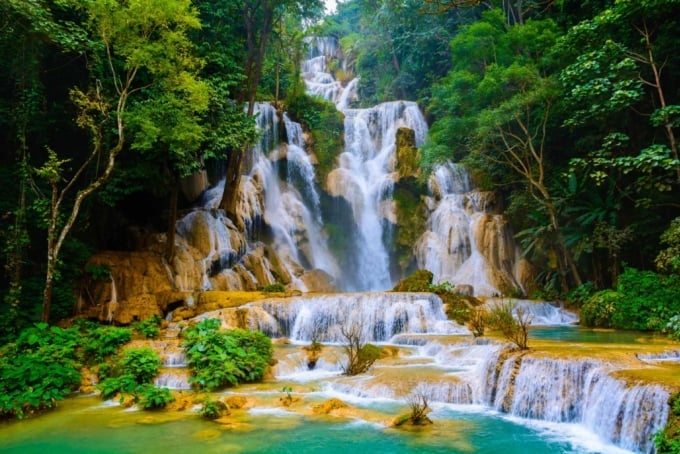
Kwang Si Waterfall in Laos. Photo: Tourism laos
One of the most popular experiences for visitors to the town is to observe the morning alms round ceremony. Monks walk around the town in a single file, carrying alms bowls. Offerings to the monks include sticky rice, fruit or traditional snacks.
Called “Binthabat” in Laos, this is a sacred religious ceremony. Tourists can participate and take photos of the ceremony but must respect this traditional activity and not disturb the monks.
Anh Minh (According to Unesco, Tourism Laos )
Source link





![[Photo] Opening of the 13th Conference of the 13th Party Central Committee](https://vphoto.vietnam.vn/thumb/1200x675/vietnam/resource/IMAGE/2025/10/6/d4b269e6c4b64696af775925cb608560)

![[Photo] Prime Minister Pham Minh Chinh chairs the Government's online conference with localities](https://vphoto.vietnam.vn/thumb/1200x675/vietnam/resource/IMAGE/2025/10/5/264793cfb4404c63a701d235ff43e1bd)
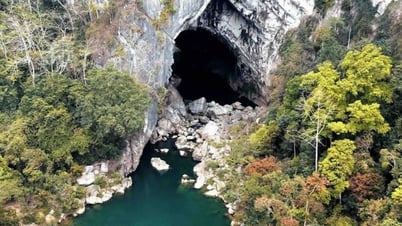

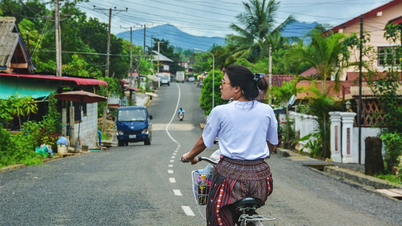

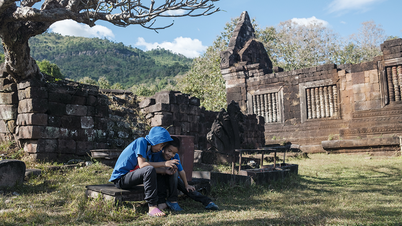
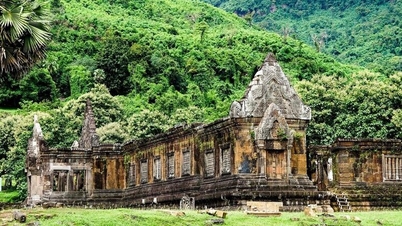

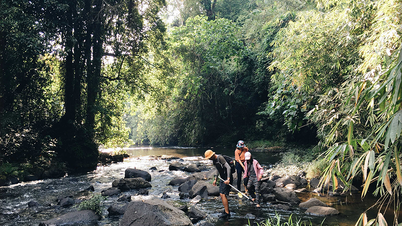
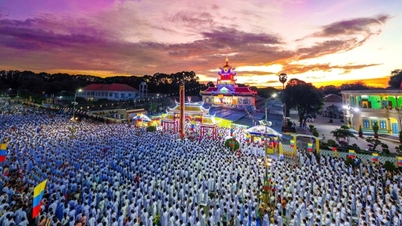

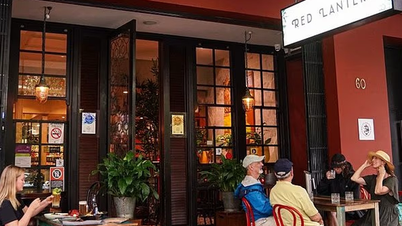

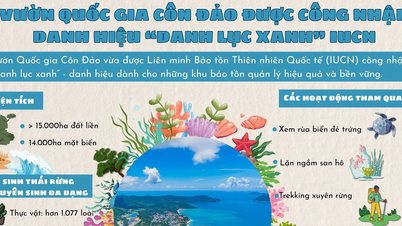

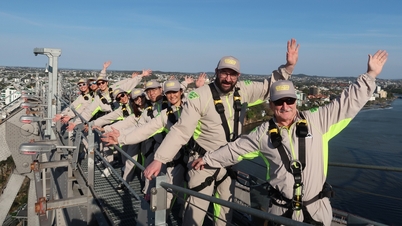

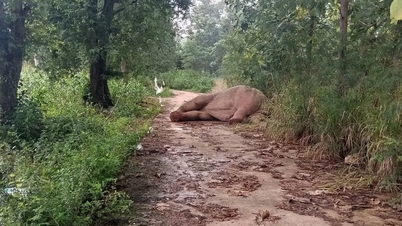
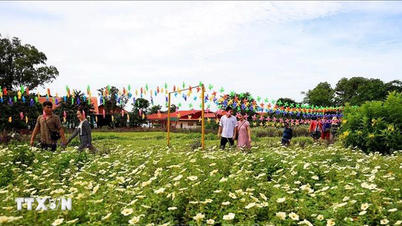










![[Photo] Prime Minister Pham Minh Chinh launched a peak emulation campaign to achieve achievements in celebration of the 14th National Party Congress](https://vphoto.vietnam.vn/thumb/1200x675/vietnam/resource/IMAGE/2025/10/5/8869ec5cdbc740f58fbf2ae73f065076)


























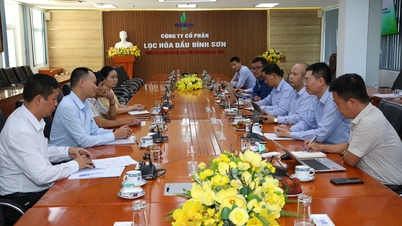


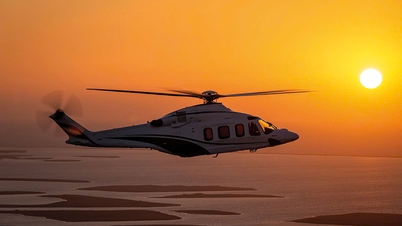
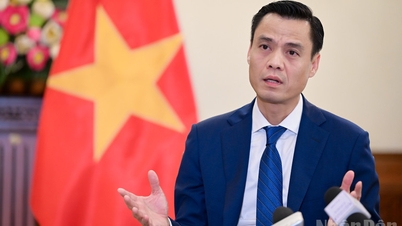
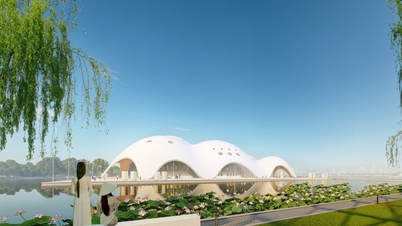
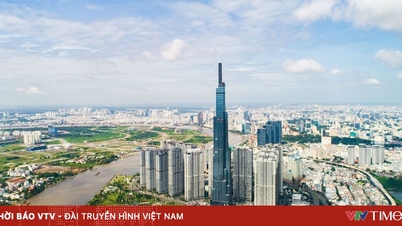

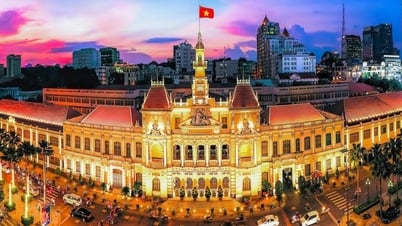
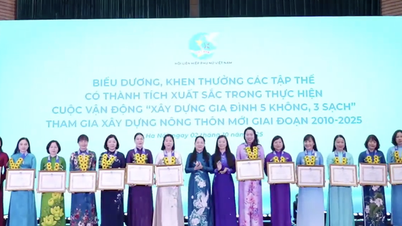

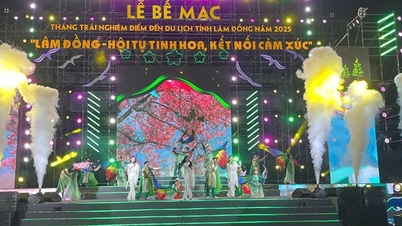
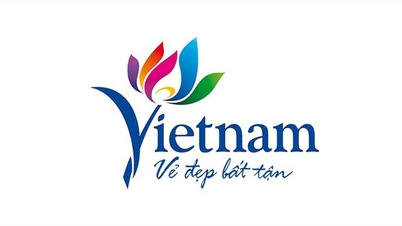

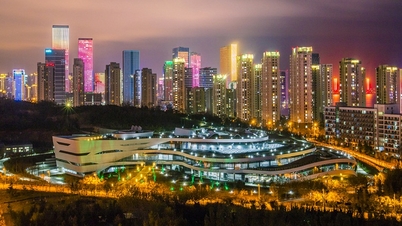

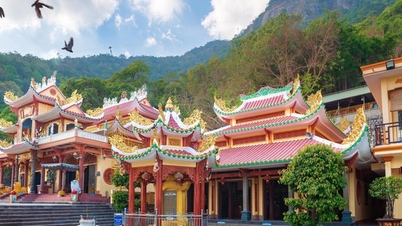
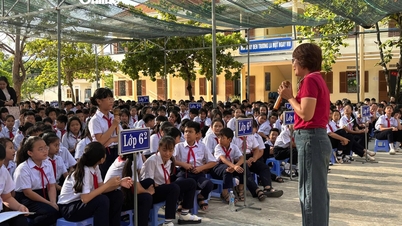

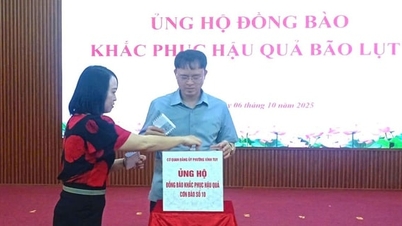

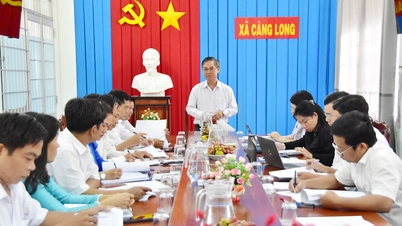

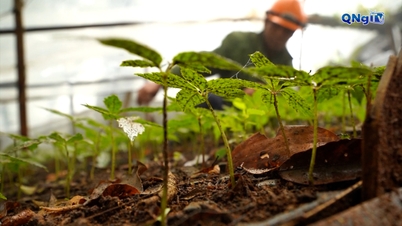

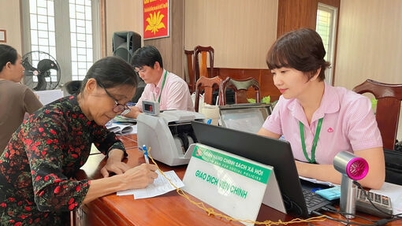

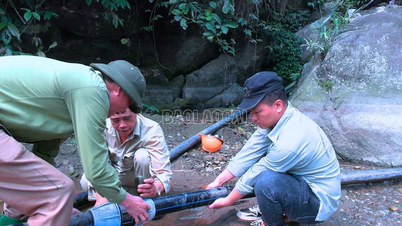














Comment (0)